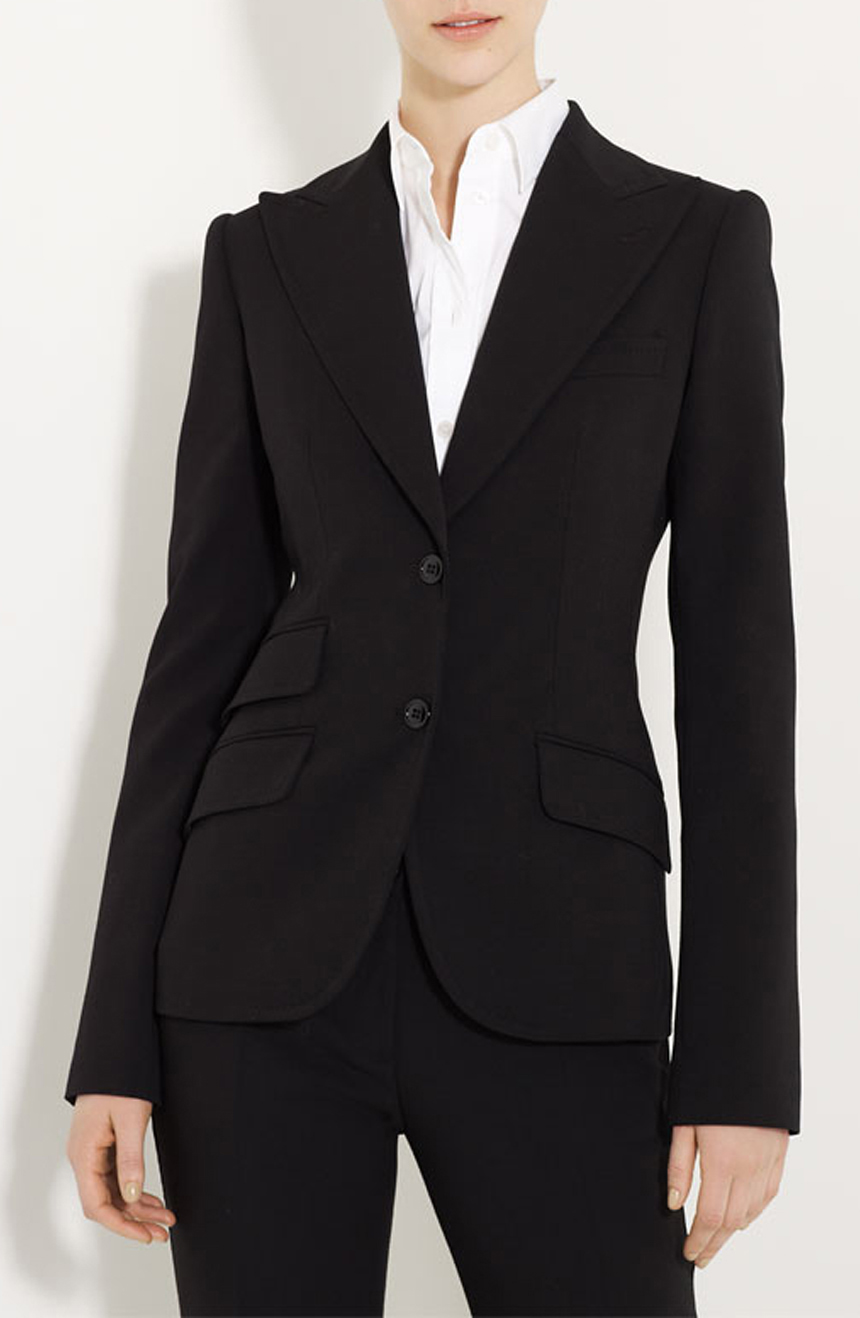Tailor Perth: Experience the Finest Custom Tailoring in Perth
Wiki Article
Understanding the Tailoring Refine: From Material Selection to Final Suitable for the Suitable Wardrobe
The customizing procedure is a complicated interplay of art and scientific research, starting with the vital decision of fabric choice and finishing in the exact adjustments of last fittings. Each textile type brings one-of-a-kind high qualities that affect not only the visual charm but additionally the garment's longevity and suitability for different celebrations. Understanding the nuances of tailoring techniques can raise one's wardrobe to unmatched degrees of elegance. As we explore these components additionally, one must think about just how even the tiniest details can considerably influence the overall end result of one's personal design.Relevance of Fabric Choice
Picking the right material is vital in the customizing procedure, as it directly affects the convenience, resilience, and overall visual of the last garment. The choice of material sets the structure for the garment's efficiency, functionality, and design. Different textiles have unique residential properties, such as breathability, stretch, and weight, which can considerably impact how the garment drapes and fits the body.
A tailored item made from an appropriate material not only showcases workmanship however additionally raises the wearer's self-confidence. Comprehending the nuances of fabric option is critical for any kind of tailoring undertaking. It ensures that the last item not only fulfills the aesthetic wishes of the customer but likewise straightens with practical needs, thereby accomplishing an unified balance in between kind and function in the customized closet.
Types of Fabrics and Their Uses
Recognizing the various sorts of textiles offered is vital for making informed decisions during the customizing process. Each material possesses special attributes that dictate its suitability for particular garments and occasions.Its adaptability enables it to be customized into every little thing from tee shirts to gowns. Its natural elasticity helps garments preserve form over time.
Silk exudes luxury and is lightweight, making it ideal for eveningwear and fragile blouses; nevertheless, it needs cautious handling as a result of its delicacy. Bed linen, with its distinctive coating, is a prominent selection for cozy environments, supplying a crisp and ventilated feel, however it wrinkles quickly, which may affect the garment's appearance.
Artificial textiles, such as polyester and nylon, deal longevity and resistance to creases, making them appropriate for daily wear and active clothes. Understanding these textile kinds and their properties enables far better decision-making, making certain that each customized item not only fits well but also straightens with the designated function and celebration.
The Tailoring Strategies Described
The art of tailoring counts on a range of methods that change material into well-fitted garments. Central to this procedure is pattern preparing, where a tailor develops themes based on the customer's dimensions and desired design. This preliminary step ensures that the garment will certainly fit the wearer appropriately prior to any kind of reducing occurs.As soon as patterns are developed, cutting strategies enter play. Accuracy is vital as inaccuracies can bring about misfitting garments. Tailors commonly utilize numerous cutting approaches, such as single-layer reducing for intricate layouts and multiple-layer reducing for efficiency on typical patterns.
Basting is one more essential method, allowing dressmakers to temporarily stitch textile pieces with each other for a preliminary fitting (top tailor perth). This approach provides the possibility to assess the drape and overall shape before last sewing
Seaming methods, consisting of flat-felled seams and French seams, boost the garment's longevity and visual charm. Tailors also employ strategies such as interfacing and padding to give framework and form to particular locations, like collars and shoulders.
Lastly, completing methods, consisting of hemming and side completing, make certain the garment's longevity while offering a refined appearance. Together, these techniques develop the foundation of efficient customizing, resulting in splendid, tailor-made garments.

Suitable Modifications and Considerations
After the preliminary tailoring techniques have actually been applied and the garment is constructed, suitable adjustments become paramount to attaining the excellent fit. These changes attend to different aspects of the garment, ensuring it contours to the user's physique and improves overall look.
The rise of pants is another vital factor; it ought to rest comfortably above the hips without creating discomfort, enabling for convenience of movement. Hemming lengths for both trousers and skirts should show the user's recommended style while appreciating percentages.
Moreover, interest needs to bespoke tailor perth be given to the back of the garment, making sure that there are no unsightly pulls or excess fabric - custom suits perth. Each adjustment needs to be carefully considered, as even small alterations can considerably affect the total fit and visual of the customized piece, ultimately resulting in a closet that emanates self-confidence and sophistication
Keeping Your Tailored Garments
Always follow the care tag directions, which may suggest dry cleaning for delicate textiles or equipment cleaning for even more resilient materials. Avoid constant laundering, as this can use down the fabric and change the garment's shape.Storage is similarly essential; usage cushioned hangers for jackets and coats to keep shoulder framework, and shop trousers folded nicely or hung to avoid creasing. Secure garments from direct sunshine, which can discolor colors and damage fibers.
Furthermore, routine assessments for minor repair services can prevent bigger concerns. Examine for loose buttons, tearing seams, or indications of moth damages, attending to these troubles quickly to keep the garment's stability.
Last but not least, consider seasonal turning. Wearing tailored items in moderation enables textiles to recover, extending their life expectancy. By implementing these upkeep approaches, you can ensure that your tailored garments remain as pristine as the day you first wore them, improving your excellent wardrobe for many years ahead.
Conclusion
The customizing procedure, incorporating material choice, proficient strategies, and specific suitable changes, plays a critical duty in developing garments that improve both convenience and style. Comprehending the significance of maintenance extends the life of customized garments, solidifying their worth in a well-curated wardrobe.Report this wiki page